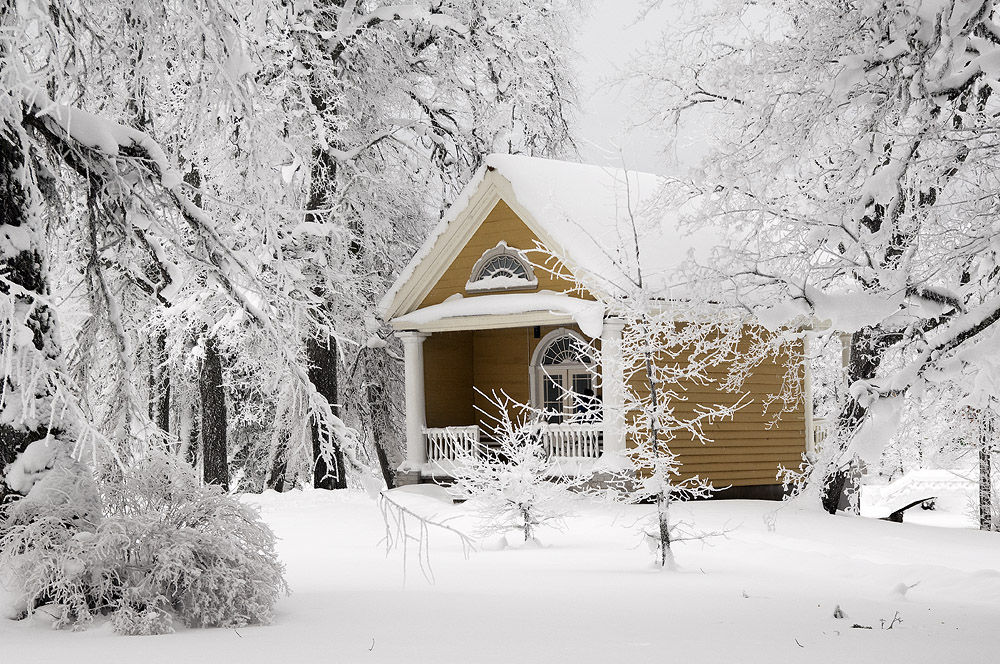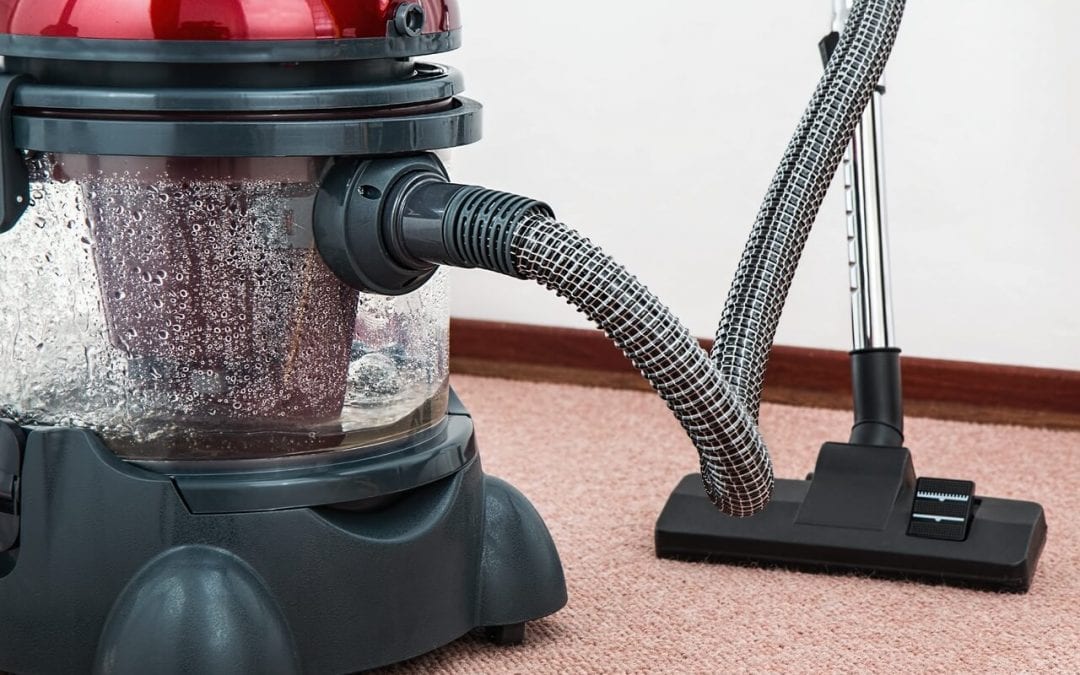
How To Prepare Your Home For Winter
As the weather starts cooling down and we begin to approach winter, we should take certain steps to protect our homes from damage during a freeze. No one wants to have to deal with a frozen or burst pipe ruining their day—or their property. Luckily, there are steps that we can take to make sure that freezing temperatures have less of an effect on our homes. Read on for advice to help you prepare your home for winter.
Prepare Your Home For Winter From The Outside In
Clean out your gutters and point the downspouts so that water will flow away from the foundation of your home.
If you have tree branches hanging over your home, clear them away. If snow starts accumulating on them, the branches will become weighed down and heavy and can break off causing damage to your house.
Take Care of Your Windows
Check the weatherstripping around your windows and doors to make sure that it is secure because gaps around the frames will allow cold air to come inside. If needed, try applying self-sticking weatherstripping to make sure your windows are tightly sealed. Making sure there’s a close seal around all of your windows and doors is an important step to prepare your home for winter that will also help lower your energy bills.
Protect Your Pipes
No matter how new your home is, you’ll want to pay special attention to your water lines, especially those that are in your attic or in crawl spaces. Figure out which of your pipes could be exposed to freezing temperatures and give them an extra level of protection. You can opt to use heat tape that senses the temperature and turns on and off on its own or heat tape that needs to be plugged in. If you decide to go with the latter, plug in the heat tape and check whether or not it’s working. Heat tape can be dangerous, so be sure to read the instructions and follow all of the necessary safety precautions. If your crawl spaces have vents, close them up for the season to keep the drafts from chilling your pipes.
Use a Humidifier and Adjust It According to the Temperature
Choose humidifiers that auto-regulate to reset the level of humidity based on the temperature outside. This can help keep frost from forming since the humidity level will be lowered when it’s colder outside and returned to normal when the weather is better. A normal level of humidity is somewhere around 35% to 45%. When temperatures drop down to single digits, however, set your humidifiers to 20%.
Let Your Faucets Drip
When the temperatures plunge into freezing, prepare your home for winter by keeping a tiny bit of water dripping from your faucets. This keeps water flowing through your pipes, which will help relieve the pressure and keep them from freezing over.
American Home Inspection Services is Southeastern Michigan’s preferred choice for home inspections, commercial inspections, radon testing, mold inspections, mobile home inspections, and home watch services. Contact us to learn more about how we can help you as a home buyer, owner, or seller.

